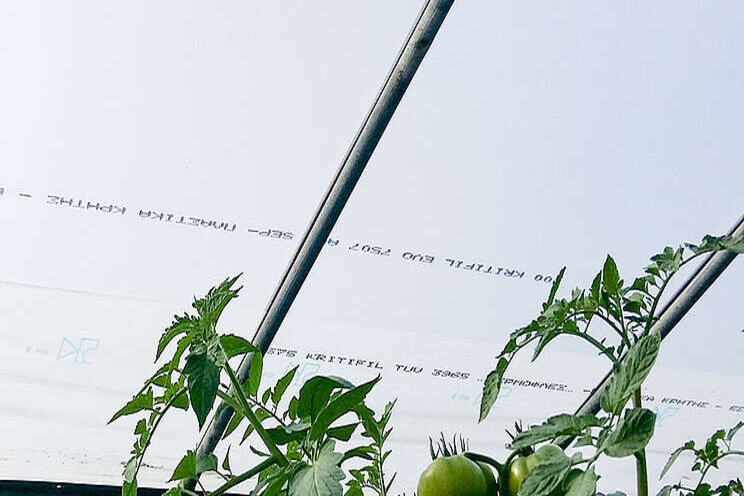Fall crop considerations in the greenhouse
Added on 10 June 2021

Growers can employ a variety of strategies to deal with these changes, from simple changes in event scheduling for already existing equipment, to shifting to new crop selections or exploring new technologies. We recommend several of these strategies to start your seasonal planning.
Lighting Adjustments
Light changes in two ways as we move into winter. The intensity of light decreases as the sun sinks lower over the horizon, and the daylength begins to shorten. With shorter days and lower light intensities, crops experience dramatically lower daily light integrals (DLIs).
The addition of artificial lighting mitigates aspects of seasonal lighting changes. Do you need to increase total light available? Supplemental lights such as light-emitting diode (LED) or high-pressure sodium (HPS) fixtures provide high-intensity light to crops and can be used to increase the DLI provided to crops. Do you need to manipulate photoperiod to provide a long day? Choose from day-length extension with high intensity light or night interruption low-intensity light. Applying low-intensity light for two to four hours during the night is a well-established practice to trick crops into a long day response during short-day periods. Also, remember that your choice of glazing/poly film has an impact on light penetration. Newer film technology provides light-diffusing properties, allowing for greater light penetration into the crop canopy.

Green-Tek's Aluminet ICFR Energy Curtain (Interior Curtain, Fire Retardant) provides efficient heat retention with durability. The pictured system was installed more than 10 years ago in Colorado and still operates perfectly.
Consider Crop Changes
A second adaptive strategy growers can pursue during seasonal changes is shifting to a crop with slightly different requirements. Growing warm-season crops during seasons of high light intensity and temperature makes sense, as we are taking advantage of the sun. Warm-season crops love the full heat and intensity of the sun, and growing herbs such as basil and dill takes advantage of these resources. When light becomes limited, switching to crops with lower DLI and heat requirements can keep greenhouses productive without the use of additional equipment. Cool-season crops, such as lettuce, spinach, cilantro, and other leafy greens, have lower DLI requirements and are not typically sensitive to daylength. Plan ahead to make sure this crop transition goes smoothly. Ensure that your production equipment is suitable to the new crop; will you require different irrigation strategies or media? Different crop types may have different nutritional requirements; do you have the correct nutrients on hand?
Benefits of Films and Curtains
Finally, seasonal temperature changes will also affect greenhouse interiors. As temperatures drop, the amount of moisture the air can hold also drops, leading to issues controlling humidity and condensation. Horizontal airflow fans help improve interior air mixing to eliminate pockets of high humidity. During high humidity periods, the right glazing will also help to protect the crop. Choose a film with anti-condensate properties, which will prevent drips onto the crop.
Heat from inside the greenhouse escapes to the cooler outer environment in several ways. The most obvious is active ventilation. Ventilation schedules or setpoints should be reexamined as seasonal changes come into effect. Secondly, significant amounts of heat can be radiated away during the nighttime. One way to combat this heat loss is to use a thermal/infrared retention film. These newer films will reflect infrared energy (heat) back into the greenhouse during the night. Additionally, use of an insulating, internal shade curtain during the night will dramatically cut down on nighttime heat loss. Managing these two factors can reduce the amount of energy required for active heating.
The ultimate goal of any greenhouse grower is to maintain a stable environment for year-round production, regardless of crop. Whether making large or small changes, the most successful growers are flexible and conscious of the environment inside and outside of their production areas. Implementing some of these strategies can keep you on track for year-round healthy crops, while maximizing energy and equipment use efficacy.
Source: Greenhouse Grower
Photo Caption: Placed over tomatoes, this is Sunmaster's EVO AC, an eight-layer film with lifetime anti-condensate protection. Credit: Griffin.
Source: Greenhouse Grower
More news















